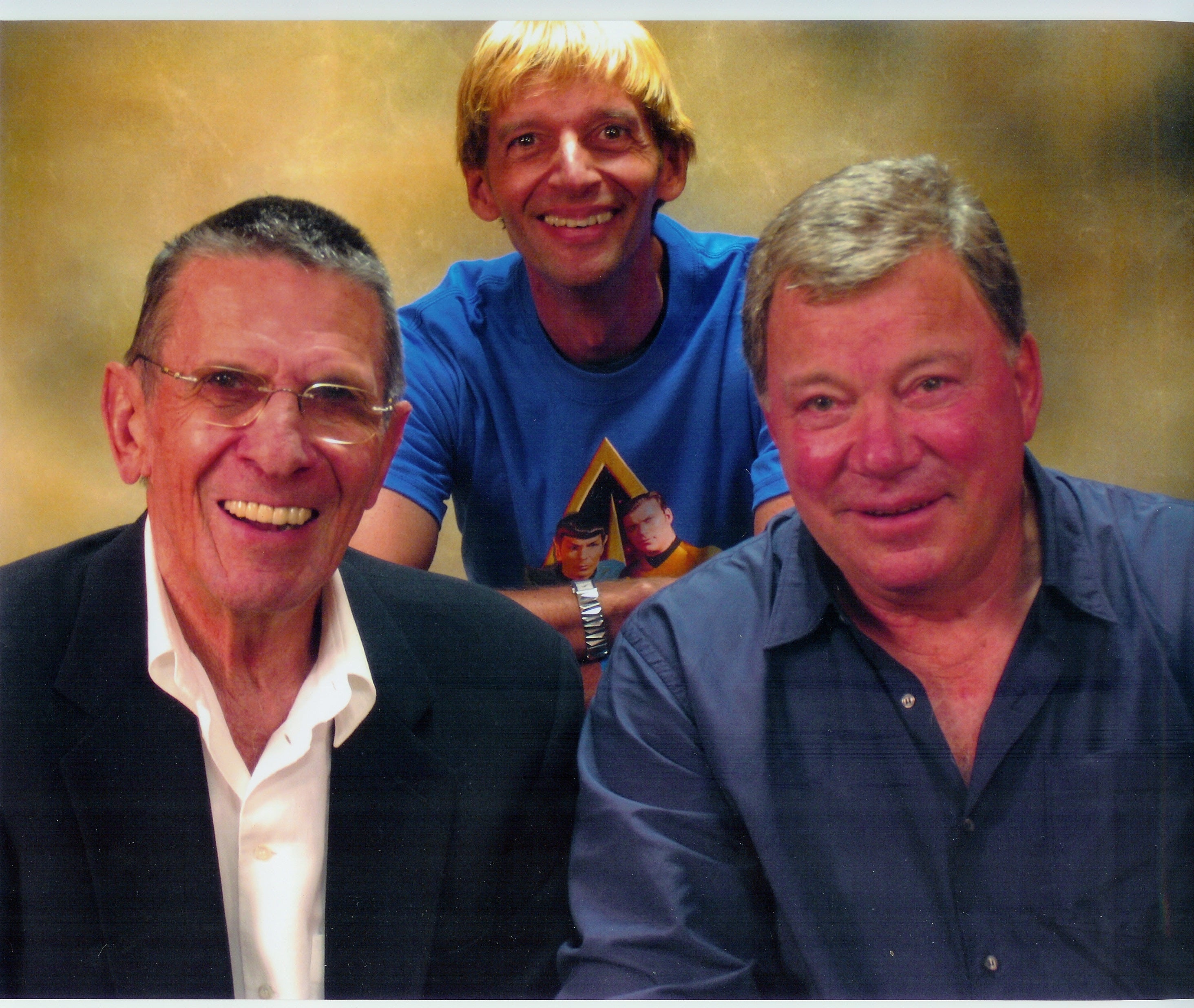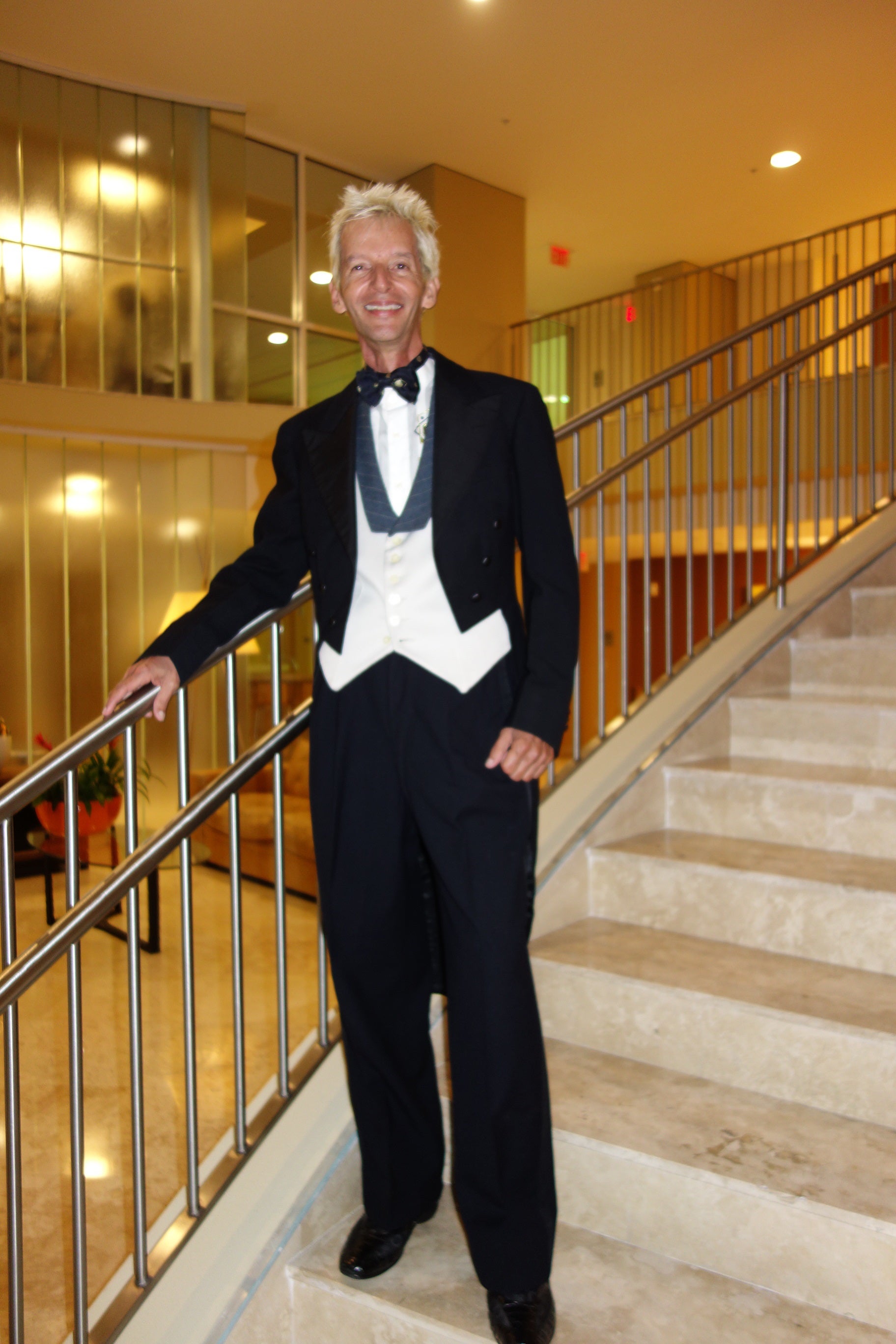
Written by Dr. Cliff Cunningham (BSc '76) (BA’ 90 )
In 1971, I enrolled at University of Waterloo at age 15, the youngest student ever up to that time at UWaterloo. After obtaining my BSc in 1976, I met Dr. Stephen Hawking who gave me the life-long resolve to persevere against any odds. I returned to UWaterloo via the correspondence program to earn a BA in Classical Studies in 1990.
In 1980 my astronomical observatory near Kitchener-Waterloo was officially opened by Canada’s most famous astronomer, Dr. Helen Hogg of the University of Toronto. Using a photoelectric photometer attached to a 14.25-inch reflector, I obtained lightcurve data on asteroids accurate to 0.01 magnitude. These early results were published in the Minor Planet Bulletin, and led me to the idea of writing a book about asteroids, which I had actually been looking at through small telescopes as a teenager growing up in Fort Lauderdale.
After extensive personal interviews with the world’s leading asteroid researchers, and advice from Nobel laureate Dr. Luis Alvarez, my book Introduction to Asteroids was published in 1988. I followed this with The Index to Minor Planet Papers in 1990, compiling 13,000 citations to asteroid literature from 1801-1990. The National Aeronautics and Space Administration incorporated this into its Planetary Database.
After a work term at Lowell Observatory, asteroid 4276 was named in my honour by the International Astronomical Union, one of only a dozen living Canadians at the time accorded this immortal accolade. During the 1990s I began work on a four-volume history of nineteenth-century asteroid studies; these volumes comprising nearly a million words are now being published by Springer. In 2004 I began publishing the Collected Correspondence of Baron Franz von Zach, a leading astronomer in the early study of asteroids. The eighth volume, which translates all his letters into English for the first time, is slated for publication in 2016. In 2013 I discovered who created the word ‘asteroid’ in 1802, which led to my appointment as a contributor to Encyclopedia Britannica.
My recent study of John Milton’s Paradise Lost has resulted in two major findings. In 2014, I discovered Milton made several allusions to the aurora borealis and in 2015, I solved a conundrum relating to his employment of a comet. Both of these issues have defied scholarly analysis for three centuries.
My decades of research were capped in 2015 when I earned a PhD in the History of Astronomy from the University of Southern Queensland in Australia. My thesis topic was the study of asteroids in England in the early nineteenth century. My loyalty to the Crown was recognized in a meeting with Princess Diana which led to an invitation by Her Majesty The Queen and Prince Philip to meet with them on The Britannia in 1984. This was followed in 1989 by an audience with Her Majesty The Queen Mother. My devotion to Star Trek was also rewarded in 1999 with a guest appearance on the TV show Deep Space Nine where I finally got to live in the 24th century.
